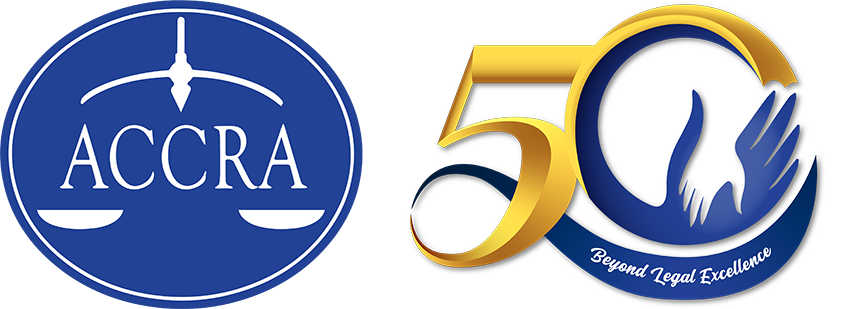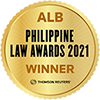In an effort to increase transparency in the beneficial ownership and control of domestic corporations — and to prevent their misuse for money laundering, organized crime and terrorists financing purposes, the Securities and Exchange Commission (“SEC”), pursuant to its mandate to assist in the implementation of the Anti-Money Laundering Act (“AMLA”), issued Memorandum Circular No. 17, Series of 2018 (“MC No. 17”) on Nov. 27, 2018 which essentially changed the form of the General Information Sheet (“GIS”) to be regularly submitted to the SEC. Effective March 1, 2019, the SEC will only accept the new GIS form, which now includes information on the beneficial owners of shares in the corporations, among others. Under MC No. 17, any failure by a corporation to submit the GIS under the required form shall be considered non-filing thereof. Accordingly, all Philippine domestic corporations, whether stock or nonstock, will soon need to disclose their beneficial owners.
Similar to AMLA, MC No. 17 defines a beneficial owner as any natural person who: (1) ultimately owns or controls the corporation; or (2) has ultimate effective control over the corporation. It appears that any natural person who has ownership of or control over at least fifty-one percent (51%) of the shares of a corporation or of the ownership interests over a business entity is considered a beneficial owner. MC No. 17 further defines “ultimate effective control” as any situation in which ownership or control is exercised through actual or a chain of ownership or by means other than direct control.
Ultimate effective control may be achieved in three ways. First, direct or indirect ownership of at least twenty-five (25%) of any category of voting shares or capital. Please note that under the AMLA, any natural person who owns at least twenty percent (20%) or more shall be considered the beneficial owner. Second, the ability to elect a majority of the board of directors. Third, any situation in which a person has the ability to exert a dominant influence over the management or policies or a situation in which a majority of the members of the Board are accustomed or under obligation, whether formal or informal, to act in accordance with a given person’s directives.
A person shall be deemed to have an indirect beneficial ownership interest in any security which is: (a) held by members of his/her immediate family sharing the same household; (b) held by a partnership in which he/she is a general partner; (c) held by a corporation of which he/she is a controlling shareholder; or (d) subject to any contract, arrangement or understanding which gives voting power or investment power.
A person shall not be deemed to be a beneficial owner held by him/her for the benefit of third parties or in customer or fiduciary accounts in the ordinary course of business, for as long as such shares were acquired by such person without the purpose or effect of changing or influencing control of the issuer.
Further, where a corporation is owned through multiple layers, any intermediate layers of the company’s ownership structure should be fully identified. Such information should be declared in the GIS and illustrated in an ownership chart to be attached to the GIS showing the intermediate layers with their respective ownership amounts.
This early, corporations affected are facing various challenges in reporting the beneficial owners of the companies as required by MC No. 17. For instance, for corporations with multiple layers owned by multiple foreign and/or listed corporations, it would be taxing for the corporate secretary, if not almost impossible, to identify the natural persons who ultimately own the corporation. It is all the more challenging for listed corporations, since it would be difficult to identify the beneficial owners as the natural persons who own the shares change regularly. The ultimate question is, up to which layer shall beneficial ownership be reported? Practically speaking, the corporate secretary would not know, in most instances who the beneficial owners are, beyond the legal owner.
MC No. 17, as written, appears to render more questions that make it difficult to comply with the regulation. Perhaps we could look at the guidelines issued by the Anti-Money Laundering Council (“AMLC”) on identifying beneficial ownership for all banks, insurance companies, and other covered persons (the “AMLC Beneficial Ownership Guidelines”) to give direction. It is worth noting though, that any individual who has “significant” responsibility to control, manage or direct the corporation may be considered as the beneficial owner, i.e. the Chief Executive Officer, Chief Financial Officer, Chief Operating Officer, Managing Member, President, Vice-President or Treasurer. The officers and directors may have certain exposures by reason of this provision.
We can only wait and see how some of these issues will be addressed by the SEC through clarifications, subsequent amendments to MC No. 17 and supplemental regulation.




